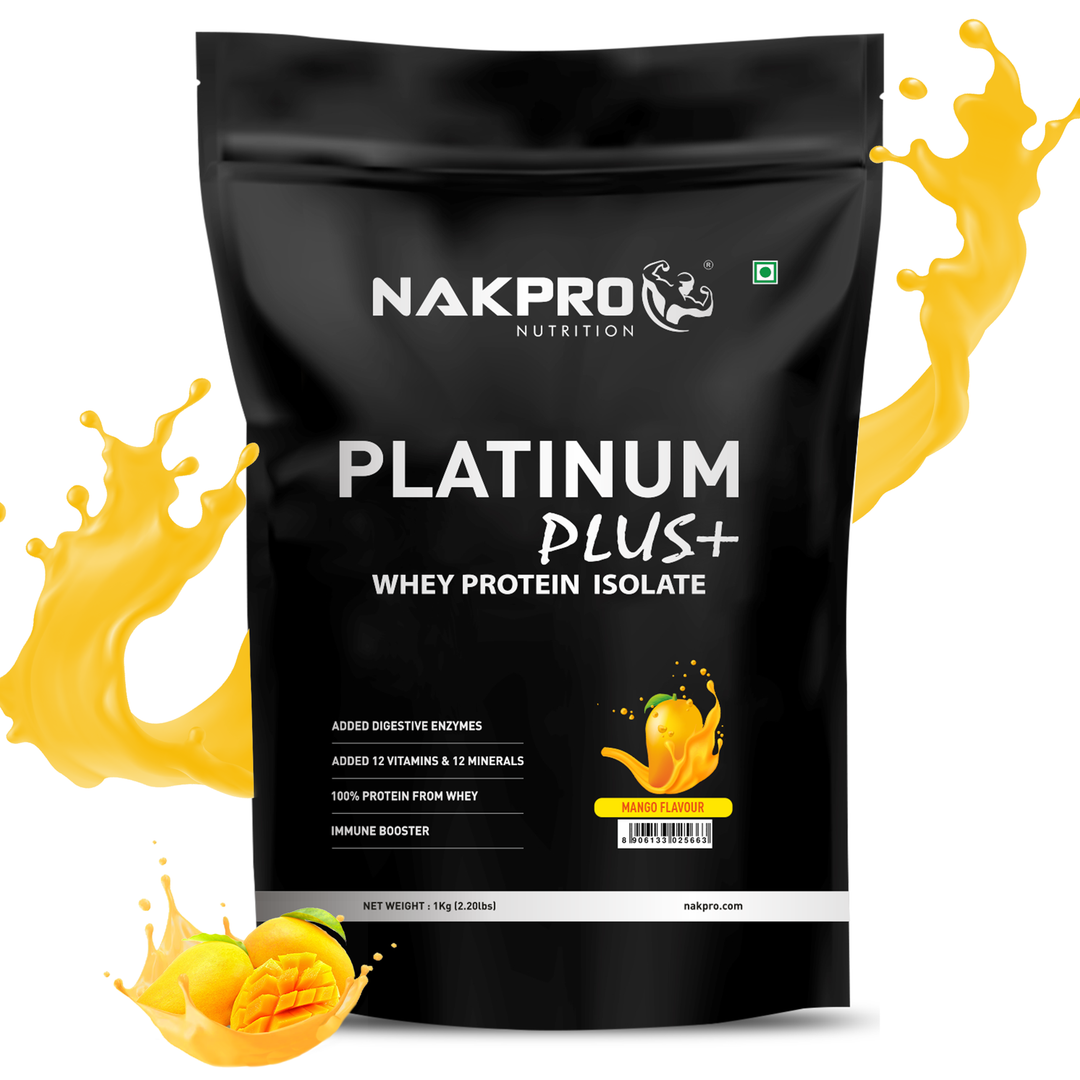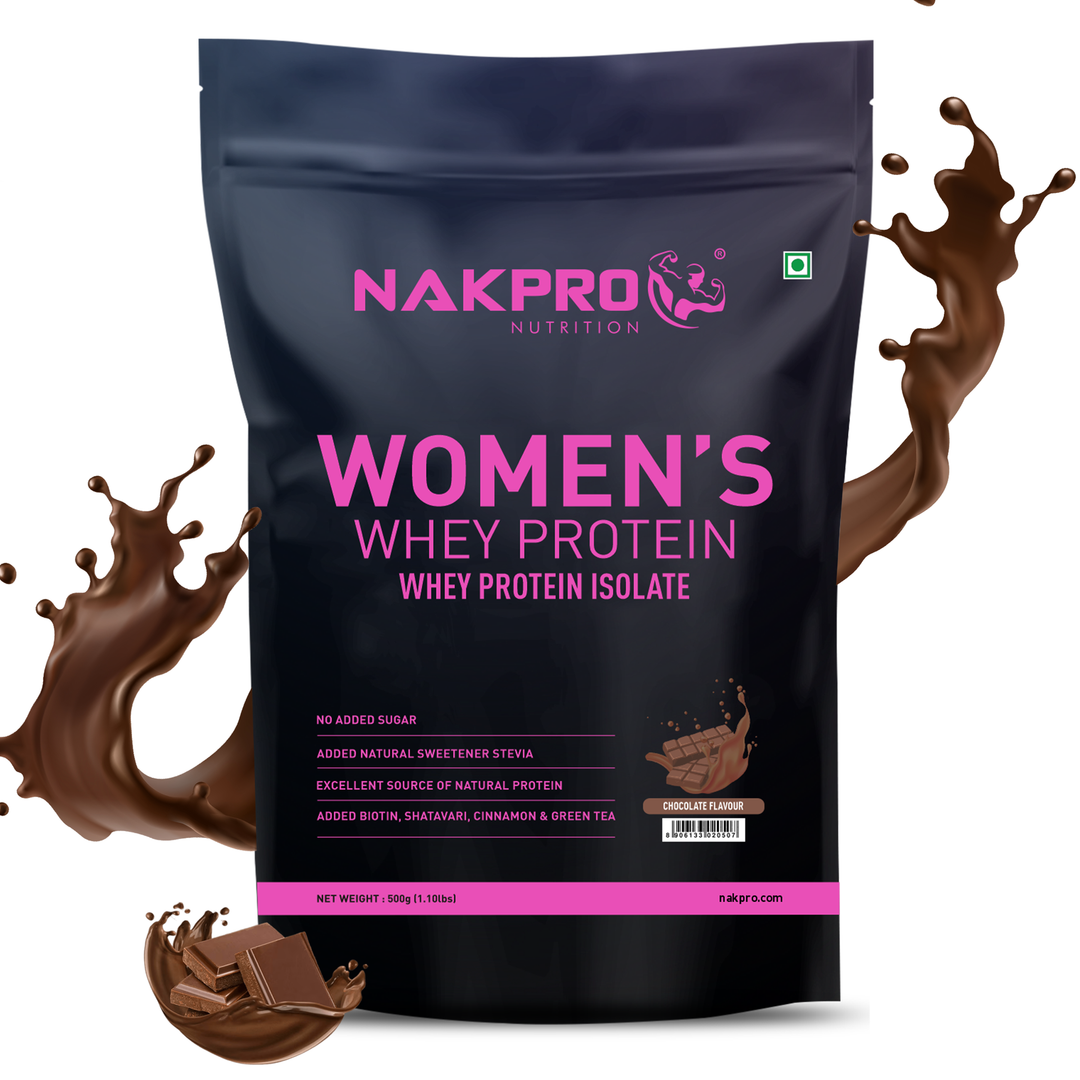Whey Protein Isolate
Whey Protein Isolate is made by processing whey protein and removing most of its non-protein ingredients, such as lactose, fat, and carbohydrates. The result is a highly purified protein source containing 85-90% protein, making it an excellent choice for muscle building, fat loss, and low-carb diets.
Benefits of Whey Protein Isolate
- High Protein Content: Contains 85-90% protein per serving, essential for muscle growth and recovery.
- Fast Absorption: Quickly digests and absorbs, making it an ideal post-workout supplement.
- Low in Lactose: Ultra-filtered to remove lactose, fats, and carbs, making it perfect for those with lactose intolerance.
- Supports Muscle Growth: Rich in essential amino acids and BCAAs for muscle repair and development.
- Boosts Immune System: Contains bioactive compounds that support overall health.
- Aids in Weight Management: Promotes satiety, reducing hunger cravings.
Buy the Best Whey Protein Isolate from Nakpro
Nakpro offers high-quality whey protein isolate with fast absorption, zero lactose, and superior muscle recovery support. Explore our range:
Nakpro Whey Platinum
- Available in: 500g, 1kg, 2kg, 4kg
- Unflavored: 30g Protein, 14g EAA, 7g BCAA
- Flavored: 28g Protein, 13g EAA, 6.36g BCAA
- Enhances muscle size & strength
Nakpro Whey Platinum Plus
- Pack Size: 1kg (29 Servings)
- Scoop Size: 34g
- 28g Protein per scoop, 13g EAA, 6g BCAA
- Ultra-filtration method for purity
Nakpro Whey ISO Zero
- Pack Sizes: 500g, 1kg, 2kg
- 30g Protein per scoop, 14g EAA, 7g BCAA
- No carbs, no added sugar
Why Choose Nakpro Whey Protein Isolate?
- 100% Pure Whey Protein Isolate: Ultra-filtered for fast absorption and muscle recovery.
- Zero-Carb & Lactose-Free: Ideal for lactose-intolerant individuals and those seeking clean nutrition.
- Lab-Tested for Purity & Quality: Ensures premium and high-quality whey protein.
- High Protein Content: Maximum protein with minimal carbs and fats.
Buy Affordable Whey Protein Isolate Under ₹2000
Looking for premium whey isolate at the best price? Nakpro offers high-quality whey isolate at an affordable price under ₹2000:
- Platinum Whey Protein Isolate (1kg | 29 Servings | Scoop Size: 34g)
- Platinum Plus Whey Protein Isolate (1kg | 29 Servings | Scoop Size: 34g)
- ISO Zero Whey Protein Isolate (1kg | 29 Servings | Scoop Size: 34g)
Isolate Prices In India
| Products | Price (1kg) |
|---|---|
| Whey Platinum | 2,699.00/- |
| Whey Platinum Plus+ | 2,799.00 /- |
| ISO Low Carb | 3,499.00/- |
| Women’s Whey | 1,899.00/- |
Frequently Asked Questions:



